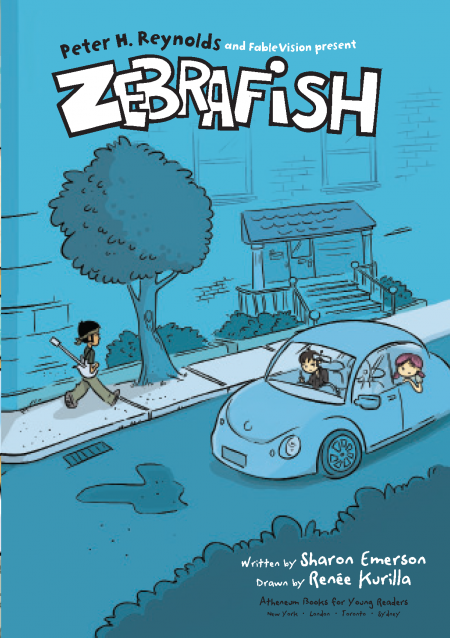Story helps frame an experience. I cast the user as the main character. Then plot her journey across the interface. The story’s beginning, middle, and end are implied with clear signposts: simple language and visual emphasis.
While story can be the user’s journey, it can also just be a story. Narrative can make a complex topic relatable and understandable, from nanotechnology to cancer research.
Pearson’s Science Tales
Creative Director & Writer
Pearson needed to add remediation activities to its Science program in order to sell into California schools. Activities had to reinforce 100s of lessons spanning ages 8-12. I wrote a series of fractured science tales to explain challenging concepts.
Fun fact: To get these done fast ‘n cheap, we nabbed voice talent from the editorial department. We recorded VO in a vacant office.
The particles in the first bowl moved slowly.
The particles in the second bowl moved fast.
The particles in the third bowl moved neither too fast nor too slow.
The temperature was just right.
A pathogen heads straight for the human girl’s eye!
*doink*
Martha washes it away with tears!
Zebrafish
Creative Director & Writer
I wrote and directed the animated series Zebrafish for Children’s Hospital Boston. The story models compassion to kids. The goal: make it authentic to motivate kids to pitch in.
Later, Simon & Schuster published the graphic novel, making the story available to a wider audience.
Kudos
Genius from our girl Sharon.”
—Betsy Bird, New York Public Library
- Children’s Choice Book Award Finalist
- JLG Selection
- NCTE Notable Children’s Book List

